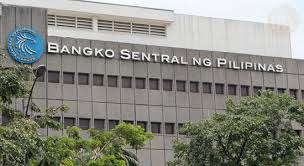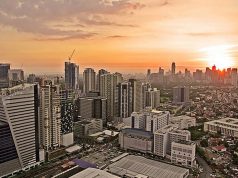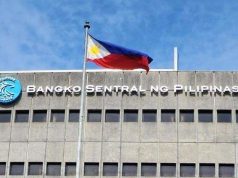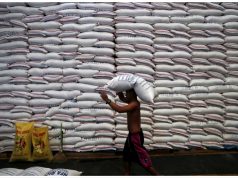MANILA – The rate of price increases in the Philippines is seen to sustain its within-target rise until the third quarter of 2017, a Bangko Sentral ng Pilipinas (BSP) official said Friday.
“Our latest (average) inflation forecast (for 2017) is at 3.4 percent but the upward trajectory is expected to continue only until about the third quarter. And since then we expect inflation to average about three percent for the entire year of 2018,” BSP Deputy Governor Diwa Guinigundo said during a briefing for the first quarter 2017 inflation report.
In the first quarter of the year, inflation averaged at 3.2 percent, within the central bank’s two to four percent goal until 2020.
Last March alone, inflation rose to 3.4 percent from month-ago’s 3.3 percent. The latest monthly inflation level is the highest after the 3.7 percent in November 2014.
With average inflation rate to date of higher than the central bank’s three percent key rate, there is a real negative interest rate in the country.
However, Guinigundo stressed that this is not a bad thing and “is not unique to the Philippines.”
He explained that there are many considerations for this and in the case of the Philippines these include manageable inflation outlook and still appropriate monetary policy rates.
With inflation seen to remain within target even with the projected rise until the third quarter, Guinigundo said there was no need to adjust policy rates.
”Given that monetary policy works with a long lag I think at this point it is useful to keep your monetary policy rates steady at three percent,” he said.
The central bank official disclosed that “inflation expectations are well attuned” and is “very much consistent with the inflation target as well as the inflation forecast of the BSP.”
He also explained that increasing policy rates would give a signal “that you are concerned on the demand pressure mounting and that should compromise your inflation.”
“But we don’t see that,” he stressed, citing that high frequency indicators like energy sales, “continue to show robustness and resiliency in economic activity.”
“We continue to see that demand pressures, in general, remain to be manageable even (with policy rates) at three percent,” he said.
Guinigundo said the central bank’s open market operations such as the overnight deposit facilities as well as the term deposit facility (TDF) continue to help mop up liquidity and help address any inflation build up.
“So at three percent, while at first glance we are operating on a negative real policy rate, by and large I think that maintaining the policy rates at three percent remains appropriate,” he added.









